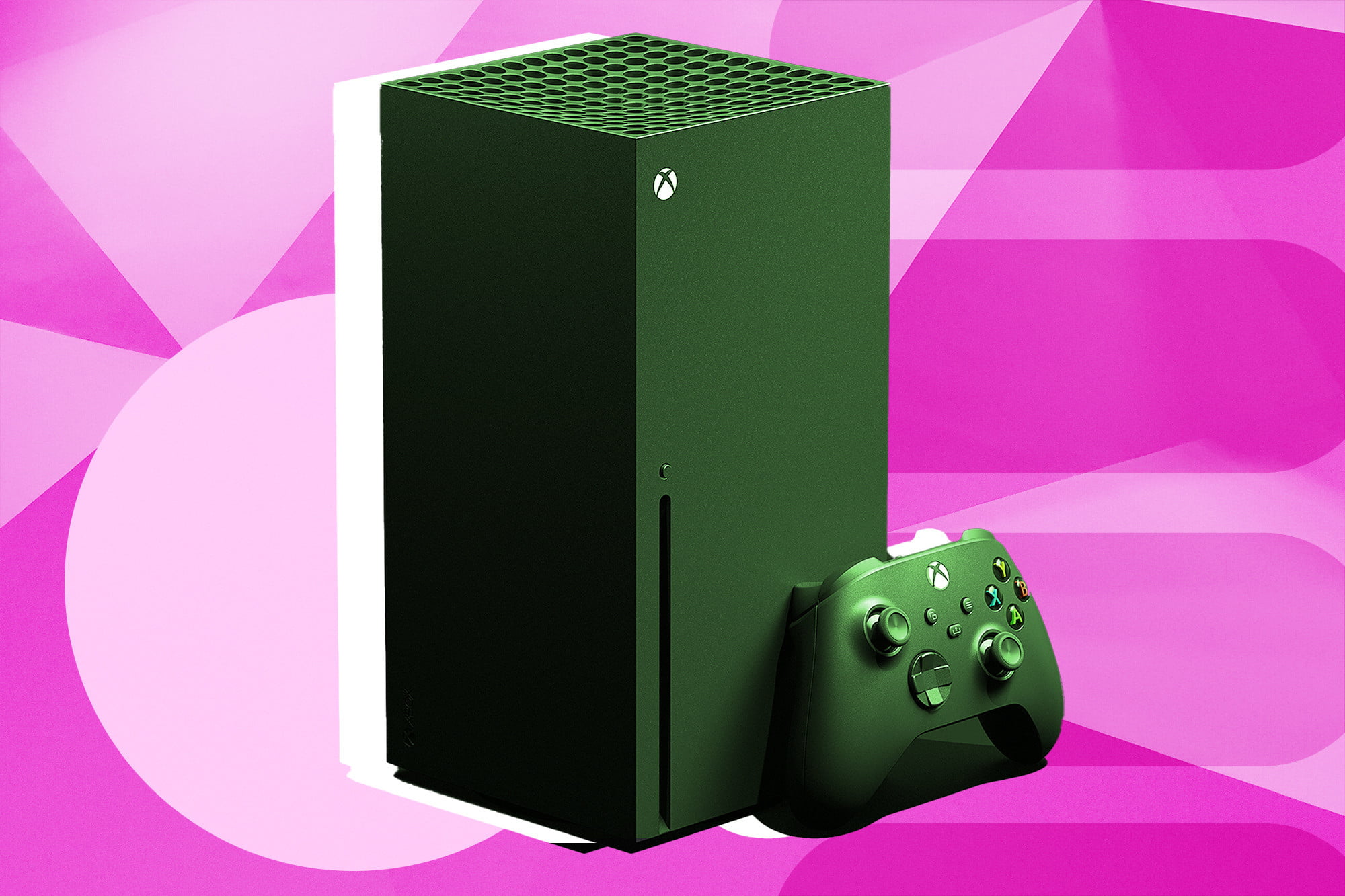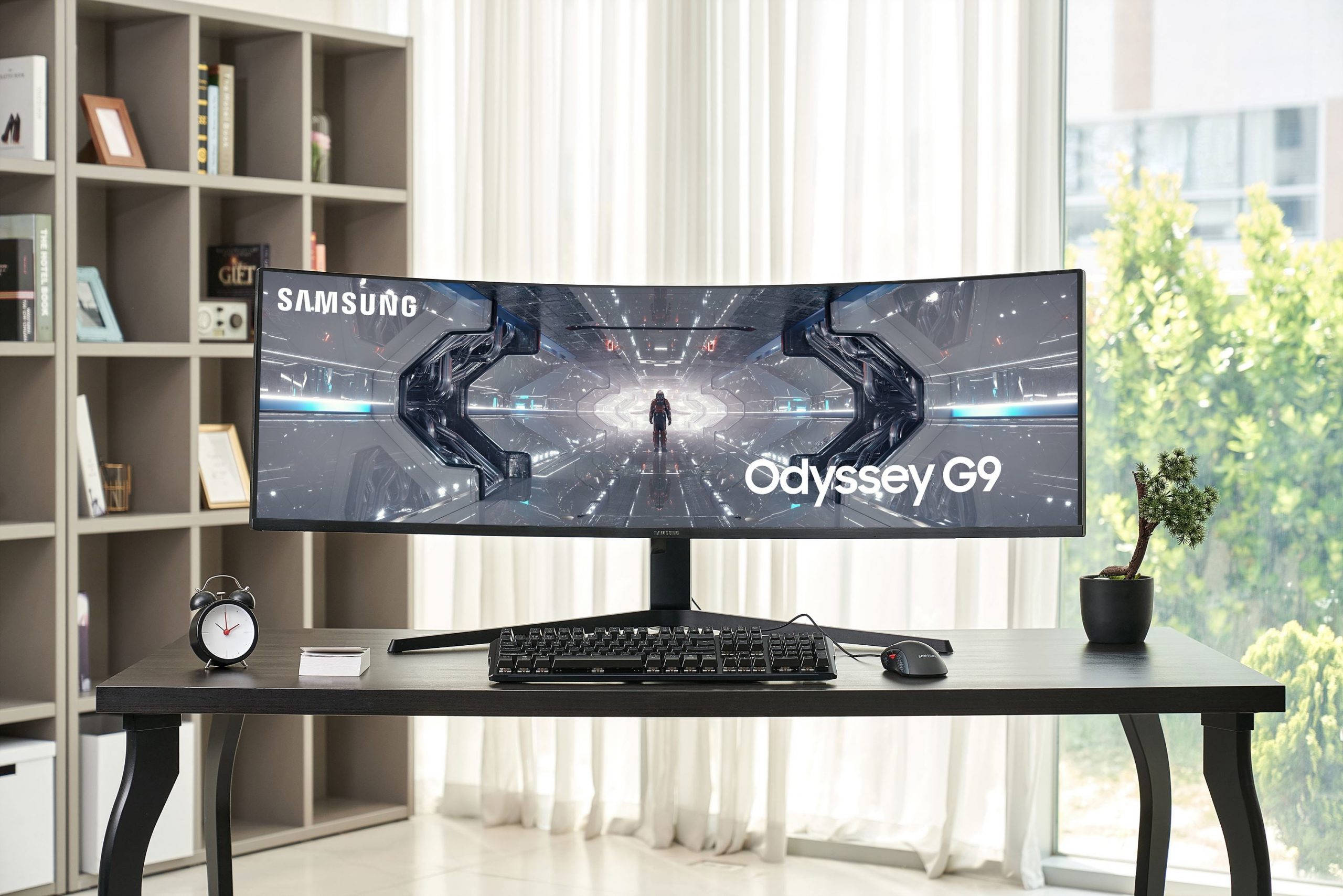Everyone wants to save money, and with Black Friday deals popping up all over the web right now, it’s the perfect time to do just that. But how do you know if a deal is actually a good one? Just because a retailer says it’s on sale doesn’t mean it’s really on sale, so you have to be careful about your purchases — especially online. Whatever you’re trying to buy this Black Friday and Cyber Monday 2021, there are a few things you can do to avoid getting duped by a bad deal.
Find your deals through a trusted source
It may be tempting to just go to Amazon to look for savings, but we highly suggest not doing that. Online storefronts were built to sell you things, and once they have you on their site, they can control everything you see. Prices, discounts, and suggested products can all be populated by these retailers in an attempt to get you to buy from them. This sort of targeting isn’t necessarily a bad thing, but it can result in making purchases you wouldn’t normally make at prices you would normally avoid.
That’s why finding a trustworthy third-party deals source can be so beneficial. For example, our Black Friday deals coverage is filled with the best discounts our experts could find. Our dedicated team spends hours cross-checking various retailers and price histories to ensure the deals we recommend are worthy of being displayed.
Do a quick Google search
This may sound super obvious, but it’s one of the easiest ways to see if you’re getting a good deal. If you find yourself looking at a discounted product, fingers itching to make a purchase, make sure you take a moment to do a quick price check. When it comes to buying holidays like Black Friday and Cyber Monday, retailers are in constant competition to have the lowest prices around. You can use this to your advantage, but only if you do a little bit of research first.
All you really need to do is type that product into Google and the results will automatically yield a price comparison at the top of your search. If you’re on a desktop, this is in the card on the right-hand side of your screen. If you click the “compare prices” button, you should get a full list of retailers offering that product and what price they are selling it for. This can help you ensure you’re getting the best price possible.
Check price histories
This sounds like it would be really complicated, but it’s actually quite simple. There’s a site called CamelCamelCamel that tracks and displays the price history of any item sold on Amazon. Though this only works for Amazon products, it’s an easy way to see whether or not you’re getting the best deal historically or not. If that TV you want to buy is on sale for $800 and you found it was discounted to just $700 a few months ago, would you still want to make that purchase?
CamelCamelCamel also allows you to sign up for price drop alerts for thousands of different products. It can track whatever you’re looking for, see when the price drops to an all-time low, and then ping you about it. This is especially helpful for newer products that haven’t been discounted in the past.
Watch out for price markups
Marking up prices is a classic tactic retailers have been employing for years, so it’s not surprising that it happens during Black Friday and Cyber Monday. It all has to do with perceived value. Just because a retailer is claiming that something is 50 percent off doesn’t always mean it actually is — it could be that they just doubled the original price before putting it on the shelf.
The easiest way to avoid falling into this trap is to head to the manufacturer website to see what the original price of the product was. If you’re looking for an Apple Watch, for example, just go to Apple.com to see whether or not the retailer you’re thinking of buying from has inflated the price on you.
Read the fine print and the comments
Shopping online is a lot less dangerous than it used to be, but that doesn’t mean you can just stop reading the fine print. A lot of retailers will hide important details where you are least likely to look. Most commonly, this happens with third-party sellers who are trying to get a leg up on their competition by offering deep discounts on refurbished tech.
More often than not, there will be a note somewhere on the page indicating whether or not a product is new, used, or refurbished, but if there isn’t, the comments are a great resource. Though you shouldn’t trust all comments you see, if an item is subpar, chances are pretty good someone got upset and left a review about it. If you find a product without any reviews, then you should probably just move on to avoid wasting your money.
Follow @dealsDT
Looking for information about the best deals? Find more from our Black Friday and Cyber Monday deals pages.
A version of this article was first published in 2019.


